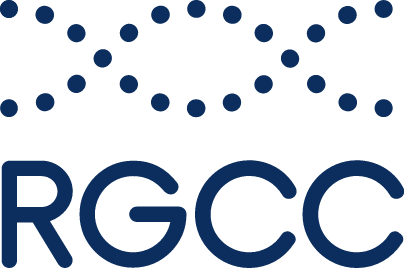Onconomics Plus RGCC
Onconomics Plus RGCC provides information about the effect of specific anti-cancer drugs, targeted therapies and natural treatments on the cancer cells in an individual patient.
During the test, a sample of blood or tissue is analysed to test how effective specific therapies and treatments are at suppressing cancer.
Together, the results of the extensive tests provide scientists and clinicians with a comprehensive breakdown of the most suitable and successful treatments for cancer. The results can be used by clinicians to design personalised and targeted cancer therapies with the highest chances of success.

